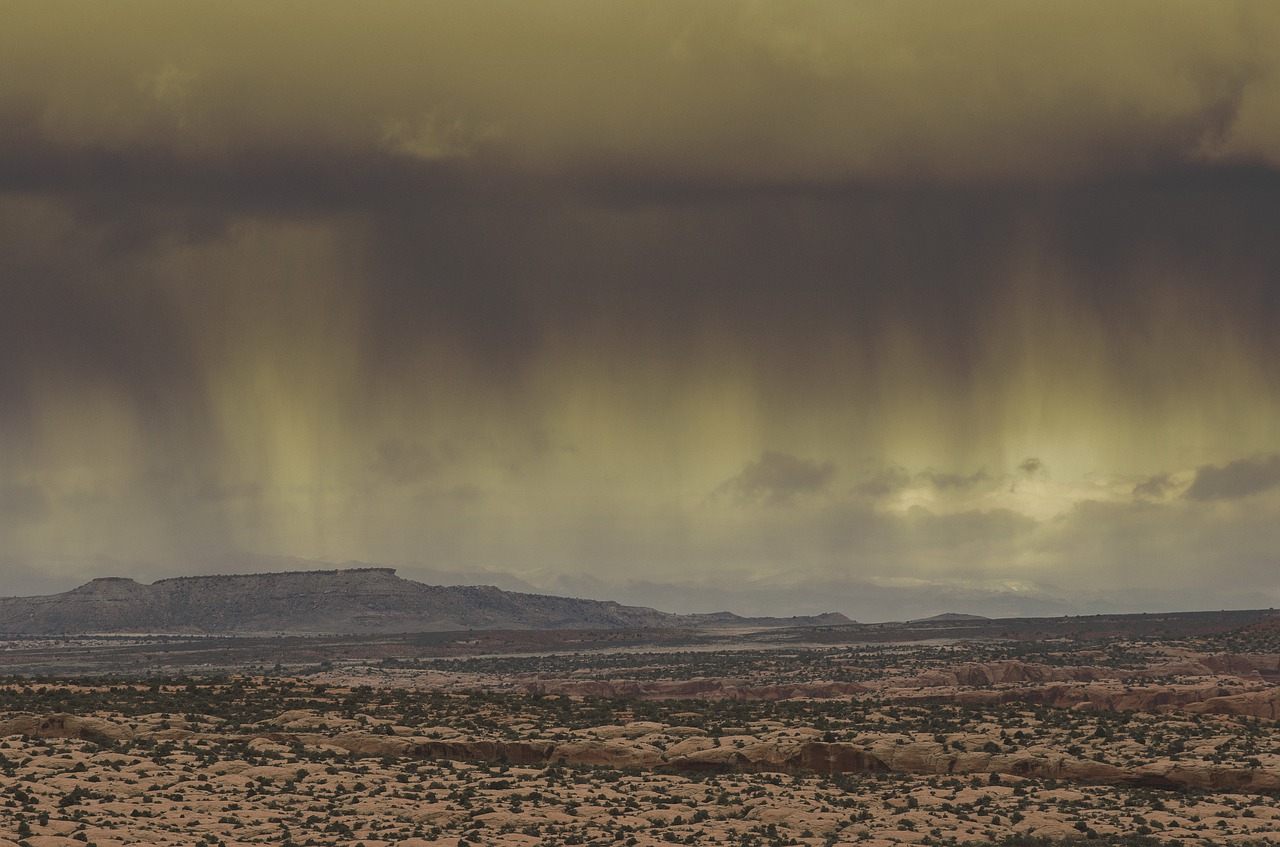This is a compact siddur for weekday Minḥa according to Nusaḥ Ereṣ Yisrael, as derived from rulings of the Jerusalem Talmud, fragments found in the Cairo Geniza and other historical documents.
Until the time of the First Crusade, the Jewish communities of the Land of Israel maintained the ancient traditions: they followed the Halakhic rulings of the Jerusalem Talmud (as opposed to its Babylonian counterpart) and prayed according to the liturgy used in Ereṣ Yisrael from time immemorial. Even outside the Land, certain communities, notably Egypt, used the Land of Israel’s liturgy and followed the ancient customs of Ereṣ Yisrael as recently as two generations ago! But, in the Jewish world in general, the nusaḥ of Ereṣ Yisrael had receded into the mist of history.
Today, old realities of Jewish life in the Exile, a time of decline and decay, are clearly not the same as the realities we are experiencing during our period of national and spiritual rebirth. Today, nearly 50% of the Jewish nation lives in Ereṣ Yisrael, its ancestral homeland. The Return of Jews to Ereṣ Yisrael should be complemented by a return to the authentic teachings and religious practices of Ereṣ Yisrael in order to “renew our days as of old.”
The Siddur Ereṣ Yisrael project is a significant milestone in this process for all Jews, whether they still live in the Exile or already live in Ereṣ Yisrael. The driving force behind the revival of this ancient nusaḥ is Rabbi David Bar-Hayim of Machon Shilo in Jerusalem.
This siddur also includes Birkat HaMazon (Grace After Meals) and Tefillat HaDerekh (Travelers’ Prayer). Modern additions to the ancient prayers include ʿAl Hannissim for Yom Yerushalayim (Jerusalem Liberation Day) and Yom HaAṣmaut (Israeli Independence Day), additions which keep the nusaḥ at once uniquely ancient, yet thoroughly connected to our modern reality here in the Land Of Israel.


“📖 נוסח ארץ ישראל | Nusaḥ Ereṣ Yisrael :: Tefillat Minḥah, Birkat HaMazon, and Tefillat HaDerekh, by Uri DeYoung (2015)” is shared through the Open Siddur Project with a Creative Commons Attribution-ShareAlike 4.0 International copyleft license.








What about the ancient Eretz Yisrael custom/minhag to read the Torah in three years? It would be great to hear more about this topic…
As far as I know the “Sedarim” were read, one every week.
The breaks between the “Sedarim” are designated in some tanakhim as ס letters in the text or beside it.
In Tanakh Koren they are represented as alternative chapters on the outer side of the page (furthest from the binding).
See Wikipedia https://he.m.wikipedia.org/wiki/חלוקת_הפרקים_בתנ“ך
I’m not really familiar with the intricacies of the triennial cycle of Torah readings. However, for the following reasons, I think that the annual cycle is one of those things that the Jews of Bavel got right.
1. The average parasha of the annual cycle is not so long as to be burdensome to the congregation on Shabbat, especially in those congregations that do not read the Aramaic Targum after every verse.
2. One gets used to discussing certain topics from the parasha at certain times of the year. For many of us, this makes the parashiyot and their topics easier to remember.
3. Because the public Torah reading is done with the whole congregation, we should give preference to the current, 1800-year-old custom to publicly read the Torah in a one-year cycle, beginning and ending on Shemini ʿAṣeret. This custom is nearly universal among B’nei Yisrael, and is followed by Jews and Samaritans alike.
I went through my tikkun, and stopping at every paragraph break that has a paragraph long enough to fit 7 aliyot, you are able to read through the Torah in roughly 3.5 years. I’m guessing that is how it was done.
Yes. We discuss regularly whether to change over to the annual cycle for the reasons you give. It’s a tough choice. And we are all studying Torah – Baruch HaShem.
someone can translate the avot and gevurot seem interesting version. todah